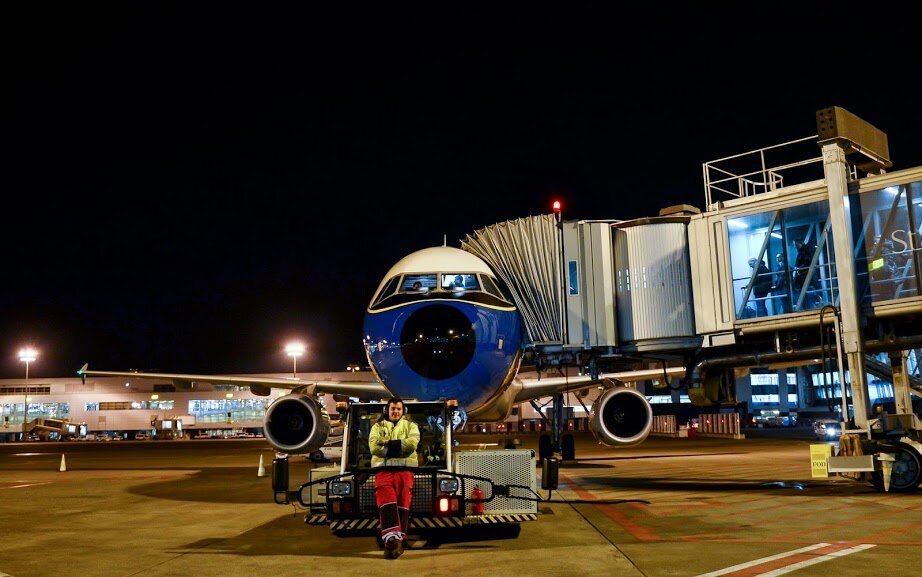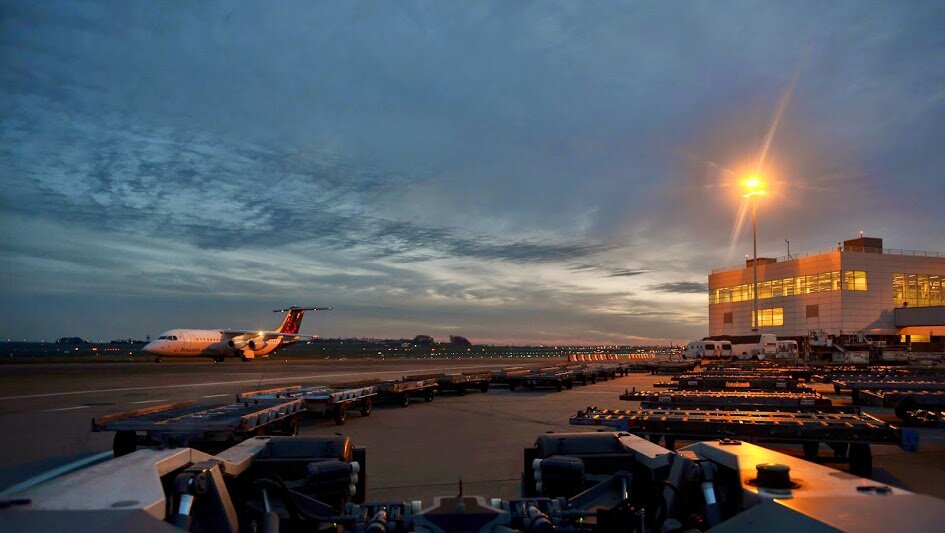Published Articles

Beirut-Rafic Hariri Airport: What You Need to Know
As the Phoenix dies and rises from its ashes, so have the beautiful and vibrant city of Beirut and its airport: Beirut-Rafic Hariri International Airport.
Beirut, the Lebanese capital, one of the oldest cities in the world, lies on the eastern shore of the Mediterranean Sea, at the crossroad between the Occident and the Levant. Despite being destroyed and rebuilt 7 times over its lifetime of 5000 years, it remains a vibrant, multicultural, flamboyant city that has defied earthquakes, invasions and wars, and rebuilt itself again from its ashes.

This is Why No Airport Privatization in the U.S.
I was President and CEO of Airports Council International – North America (ACI-NA) for eight years, from July 1, 2005 through June 30, 2013. During those eight years, I had more conversations than I could possibly count with people who wondered why airport privatization has not taken off in the United States. Many of these conversations were with people heavily involved in running or financing privatized airports around the world. Many were held with U.S. colleagues who thought privatization would provide benefits. In the world’s largest economy, and primary bastion of capitalism, airport privatization has remained the rarest of infrastructure animals. Why?

How Rainwater is Reused at San Diego Airport
Water stewardship means using less water, wasting less water and protecting water quality. At San Diego Airport, all are vitally important. The airport is uniquely situated in a borderline arid climate and on the edge of San Diego Bay.
A new Parking Plaza slated to open in late Spring 2018 will do all three at the same time. Besides enhancing customer service and meeting growing demand for close-in parking, the Parking Plaza will capture rain that falls on the 7.6-acre structure, routing it into a below-ground storage system with a capacity of nearly 100,000 gallons. Instead of becoming stormwater runoff, potentially impacting San Diego Bay, the collected rainwater will be used by the immediately adjacent central utility plant that houses the HVAC system.
